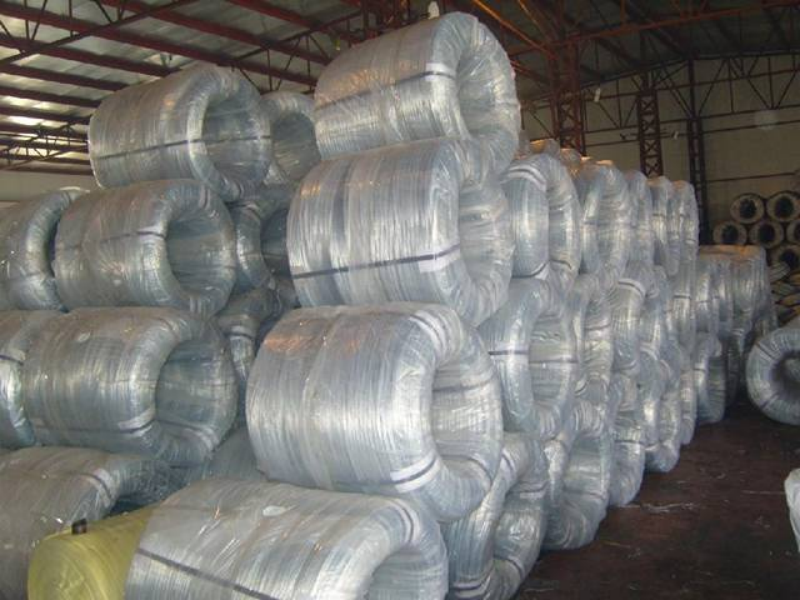
- Mobile Phone
- +8613931874955
- sales@cntcmetal.com
Understanding the Benefits of Internal Angle Plaster Beads for Smooth Finishes
Understanding Internal Angle Plaster Beads A Comprehensive Guide
In the world of interior construction and finishing, achieving sharp, clean lines at the junctions of walls and ceilings is crucial for both aesthetic appeal and structural integrity. One of the essential tools used for this purpose is the internal angle plaster bead. This product not only enhances the visual quality of corners but also provides added durability to plasterwork.
An internal angle plaster bead is a specialized trim typically made from metal or plastic, designed to protect and finish the internal corners of plastered walls. Unlike traditional plastering techniques that might leave corners vulnerable to chips and cracks, the use of plaster beads helps to create a robust barrier that can withstand the test of time and handling.
The installation of internal angle plaster beads is straightforward and can vastly improve the overall finish of any plastered area. Typically, the bead is fixed to the corner with adhesive or screws before the plastering process begins. Once in place, plaster is applied over the bead, allowing it to lock into the mixture as it sets. This ensures that as the plaster dries, it forms a strong bond with the bead, resulting in a seamless, crisp angle that enhances the room's overall look.
internal angle plaster bead

One of the primary benefits of using internal angle plaster beads is their ability to create uniform angles. In traditional plastering, achieving a perfect corner often requires significant skill and experience. However, with the use of beads, even amateur builders can obtain professional-looking results with relative ease. The beads come in standard sizes, which means that they can cater to various wall thicknesses and heights, making them versatile for different projects.
Another advantage is the protection that the beads offer. Corners are often the most vulnerable parts of walls, prone to damage from furniture, foot traffic, and daily wear and tear. The metal or robust plastic construction of internal angle plaster beads protects against such impact, extending the lifespan of plastered corners. This is particularly beneficial in high-traffic areas such as hallways, where corners are more susceptible to damage.
Additionally, internal angle plaster beads contribute positively to moisture management. Many beads are designed with properties to resist mold and mildew, ensuring that your interior spaces remain healthy and visually appealing. This is especially important in kitchens and bathrooms, where humidity levels can fluctuate significantly.
In conclusion, internal angle plaster beads are an indispensable asset in the toolkit of any builder or DIY enthusiast. They not only facilitate achieving precision in plastering but also enhance the durability and presentation of interior spaces. By investing in quality plaster beads, one can ensure longevity, aesthetic appeal, and professional finishes in every project.
share:
-
Your Source for Concrete Wall Ties and Masonry AccessoriesNewsJul.10,2025
-
Unlocking the Power of Iron Wire for Every ProjectNewsJul.10,2025
-
Explore Advanced Chain Wire and Stainless Steel Mesh FencingNewsJul.10,2025
-
Discover the Benefits of Annealed Wire ProductsNewsJul.10,2025
-
Discover China Stainless Steel Wire Mesh SolutionsNewsJul.10,2025
-
Build with Confidence Using High-Performance Masonry AccessoriesNewsJul.10,2025
-
Why Sacrificial Formwork Is Redefining Underground ConstructionNewsJun.06,2025



















